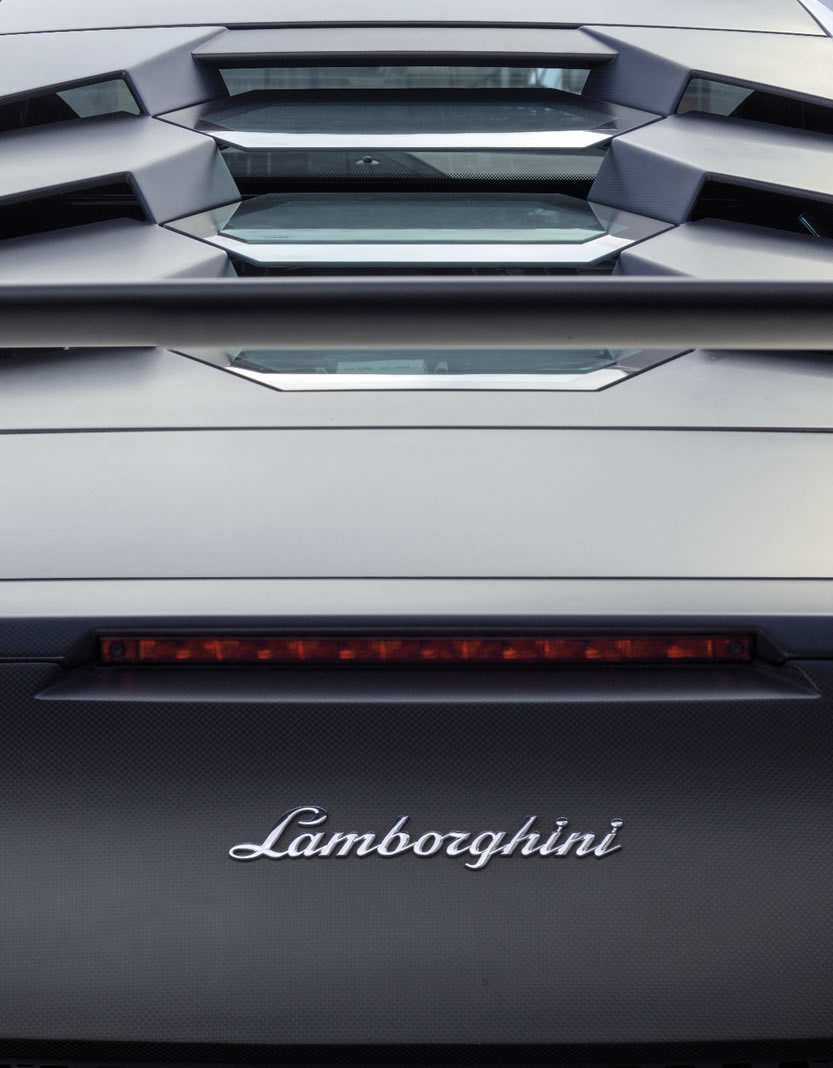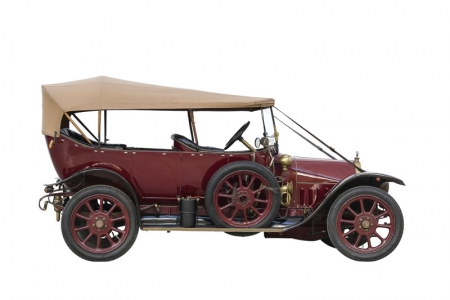by Piero Evangelisti
According to sociologists and economists, the car ranks second, after our home, in the list of the most important things for a person and not so much as a means of transport – which remains fundamental for our freedom of movement – but, above all, for the emotions it conveys, for its design and its performance through which we project our personality. Although analysts say that, when it comes to choosing a car, the emotional side is destined to give way to our rationality, which means considering costs and consumptions, it is true that the shape and the beauty of a “four-wheeler” continue to be crucial.
It is the victory of our passion for cars, a transversal feeling that covers all models, from the smallest of hatchbacks to supercars. It is a passion that crosses time and that involves the classic models that characterised the 130 years of the history of the automobile: from the cars with a hand crank to the most recent ones, almost contemporary, as long as they are exclusive. We are willing to spend staggering amounts of money just to have that special model, as testified by cars auctions, a phenomenon on the rise. Auctions are where pure passion is let free, a passage that will bring the lucky owner of a Mercedes-Benz Gullwing, a Ferrari GTO or of a “younger” unique model, a “one-off” as it is technically called, to move on to the next stages. From the most prestigious Concours d’Élégance, such as the ones held in Pebble Beach, California, or in Villa d’Este, on the banks of Lake Como – very expensive trips in terms of insurance and transport sometimes from very distance places – to more risky experiences such as the reenactment of legendary races such as the Mille Miglia o the Monte Carlo Rally, where precious oldies are put to the test. More rarely, the car is actually used in the everyday life. Its daily use represents the highest point of this passion, the bond between men and cars.
An important Wall Street manager keeps his countless Ferraris from different eras in the garage under the skyscraper where his office is. When someone or something ruins his day, he goes down, takes one of his Ferraris, drives for half an hour and then goes back to work, finally calm. Wayne and D’Ann Rauch, a rich couple from Texas, keep building hangars to house their 80 Viper Dodge models, so that they are always ready to be driven without having to move other cars. Since the iconic muscle car went out of production, they have been busier than ever participating in auctions where they count on finding someone willing to sell an old Viper. In the cases that we have mentioned, it is unlikely that the owners will deprive themselves of one of their rare pieces. This is confirmed by Jim Glickenaus, New York, one of the major Ferrari collectors and owner of 11 “one-offs” among which is the P4/5 made by Pininfarina with the chassis of the last Enzo produced in Maranello. For this masterpiece, Glickenhaus has received an offer of 40 million dollars from a rich Arab. He managed to resist, though. Such an offer exceeds the price paid in an auction of a couple of years ago where a Ferrari GTO, once owned by Stirling Moss, was sold for the undefeated record price of 38 million dollars.
Therefore, classic cars and exclusive models can be a great investment because their value continues to rise. The Ferrari GTO, of which only 39 pieces have been produced, appears with a certain frequency in the catalogues of the most prestigious auctions, which means that those who bought it at a previous auction resell it with a considerable gain. This does not mean that it is pure speculation because, in many cases, the seller does so in order to buy other cars and expand his collection. Cars can be works of art, to be collected for their beauty and not only for their rarity, features that are sometimes combined in a single car, such as, for example, the Bugatti Atlantic of which only four pieces were produced at the end of the Thirties. One of these belongs to Ralph Lauren. It is worth 50 million dollars and is part of the collection of 70 pieces that makes the designer, who was born in Bronx and moved on to be a master of fashion, one of the largest car collectors in the world. For many years, while collecting valuable pieces, Lauren kept the cars in a practically unknown location (Bedford, north of New York), as he wanted to share people the pleasure of admiring those objects (all of which were perfectly functioning) with very few people, as happens, for example, with a collection of Impressionists’ paintings. Then, some years ago, Ralph Lauren unveiled his collection at a fashion show of his fashion house, both to create a unique and exclusive atmosphere for the event, and probably as a display of a status symbol, to demonstrate also with his collection (the total value exceeds 300 million dollars) what the little boy from Bronx who began selling ties at the Empire State Building managed to achieve.
The car is therefore the protagonist of our life at all levels, not only the most exclusive ones, and for it we are willing to do anything, perhaps starting with an affordable but exciting Lancia Fulvia Coupè HF. Many collectors started like that. However, as it can happen in any type of collection, sometimes passion hides the obsession to “collect” compulsively, a longing for possession that puts the beauty of an object in the background and, in the case of the car, the emotions it conveys. Having the same endless economic means, one could end up like Hassanal Bolkiah, the Sultan of Brunei, who owns over six thousand luxury and super sports cars, 500 of which are Rolls Royce. An immense garage that treasures jewels that are deprived of their function, because driving them all would be a difficult task even for the chauffeurs of the Sultan. On the other hand, Jim Glickenhaus says: “Not driving your Ferrari is like not having sex with your beautiful girlfriend”. Regardless of one’s school of thought, owning a car with a story is an experience to be done, and auctions can be the start of the journey because there are also cars that are very distant from certain quotations unattainable for the vast majority of people









